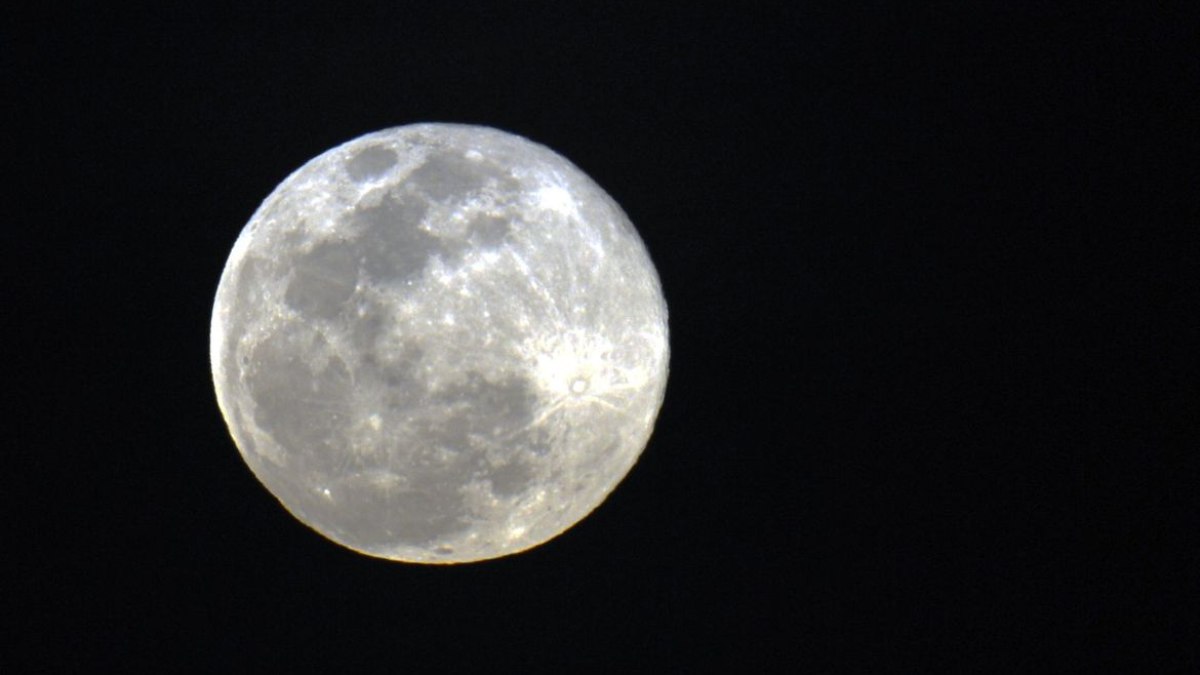
Partial lunar eclipse
A new astronomical study has provided information about the Moon that could change the way future space missions will be conducted on the satellite. Published last Thursday (25) in the Planetary Science Journal, the research found not only that the Moon is shrinking over time, but that earthquakes can also occur on its surface.
The study describes that the Moon shrank by more than 45 meters in circumference over hundreds of millions of years. Most likely, this subsidence may have led to the formation of faults that generate earthquakes.
According to the study, the contraction of the Moon's surface was able to generate significant distortion in the south pole of the natural satellite, to the point of affecting the areas where the manned landing of the Artemis 3 spacecraft will take place, a new mission that will take place in September 2026, transporting humans to the Moon for the first time in more than From 50 years. As a result, some areas of the Moon may pose a danger to future space missions.
“Similar to a grape that wrinkles as it turns into a raisin, the Moon also develops as it shrinks,” explains a statement from the University of Maryland in the US involved in the discovery. “But unlike the flexible skin of a grape, the moon’s surface is brittle, causing defects to form where parts of the skin press against each other.”
Lunar earthquakes
According to the statement, to prepare the study, a group of faults in the south pole of the moon were linked to earthquakes recorded more than 50 years ago by seismometers affiliated with the Apollo program. In this way, simulations of the stability of surface slopes in the area were carried out to identify particularly vulnerable areas.
Thomas R. said: “Our simulations suggest that shallow lunar earthquakes capable of generating strong ground shaking in the Antarctic region are likely from slip events on existing faults or the formation of new thrust faults,” said Dr. Watters, senior scientist emeritus at the Earth Center. and Planetary Studies at the National Air and Space Museum and lead author of the study, also in a statement.
The study also determined that shallow lunar tremors – that is, caused by faults within the moon – could be strong enough to damage potential human structures on the satellite, such as buildings and equipment. Furthermore, unlike Earthquakes, which last a few seconds or minutes, Moonquakes can last for hours or even an entire afternoon.
“As we approach the launch date of the manned Artemis mission, it is important to keep our astronauts, equipment and infrastructure as safe as possible. This work helps us prepare for what awaits us on the Moon, whether it's thinking about engineering the structures that will reach the Moon.” “It could better withstand lunar seismic activity or protect people from really dangerous areas,” says Nicholas Schmer, co-author of the study and associate professor of geology at the University of Maryland.

“Web geek. Wannabe thinker. Reader. Freelance travel evangelist. Pop culture aficionado. Certified music scholar.”






